The fascinating world of exotic pet ownership has expanded far beyond the traditional cats, dogs, and goldfish. For the more adventurous pet enthusiast, insects offer a captivating alternative that combines alien-like aesthetics with relatively straightforward care requirements. These tiny creatures showcase some of nature’s most impressive evolutionary adaptations, from remarkable camouflage to startling defensive mechanisms. While many exotic insects require permits or are outright banned in certain regions due to invasive species concerns, numerous spectacular specimens can be legally kept as pets. This article explores some of the most extraordinary insects you can legally own, their unique characteristics, and what you need to know before bringing these miniature marvels into your home.
Giant Madagascar Hissing Cockroaches

Despite the negative reputation of their smaller household cousins, Giant Madagascar Hissing Cockroaches (Gromphadorhina portentosa) have become increasingly popular exotic pets. Growing up to three inches long with glossy brown exoskeletons, these impressive insects earn their name from the distinctive hissing sound they produce by forcing air through specialized breathing pores when disturbed. Unlike pest species, these cockroaches are clean, odorless, and incapable of climbing smooth surfaces, making escape unlikely. They require minimal care – a simple terrarium with hiding spots, substrate, food (primarily fresh fruits and vegetables), and occasional misting is sufficient for these hardy creatures that can live up to five years in captivity.
Praying Mantises
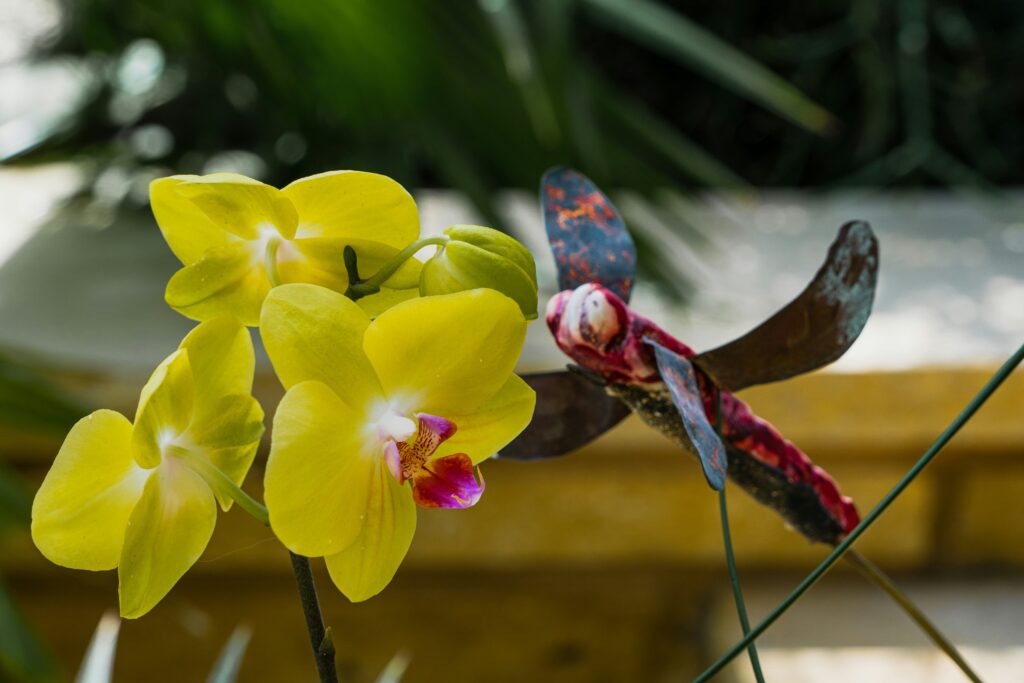
Praying mantises represent some of the most captivating insect predators available in the pet trade, with their distinctive prayer-like hunting stance and swiveling heads capable of 180-degree rotation. These charismatic carnivores range from the common Chinese mantis (Tenodera sinensis) to more exotic species like the Orchid mantis (Hymenopus coronatus), which displays stunning pink and white coloration mimicking flower petals. Mantis enthusiasts appreciate their intelligent behavior, apparent personality, and fascinating hunting tactics as they stalk and capture live prey. Housing requirements include a well-ventilated enclosure at least three times the mantid’s length in height, with branches for climbing and sufficient space for molting, as improper molting conditions can result in deformities or death.
Leaf Insects

Few creatures exemplify evolutionary camouflage as perfectly as leaf insects (Phyllium species), whose flattened bodies, complete with vein-like patterns and irregular edges, create an uncanny resemblance to living foliage. Species like the Giant Malaysian Leaf Insect (Phyllium giganteum) and the Java Leaf Insect (Phyllium bioculatum) make particularly impressive pets, with females reaching up to 4 inches in length. These gentle herbivores subsist on a diet of bramble, oak, or guava leaves, depending on the species, and move with a swaying gait that mimics a leaf trembling in the breeze. Leaf insects require consistent humidity levels between 60-80% and temperatures between 75-85°F (24-29°C), with proper ventilation to prevent mold growth in their enclosures.
Stick Insects

Stick insects, or walking sticks (order Phasmatodea), represent some of the most bizarrely elongated creatures in the insect world, with species like the Vietnamese Giant Stick Insect (Phobaeticus serratipes) reaching an impressive 12 inches in length. These remarkable mimics have evolved body shapes, textures, and colors that render them nearly invisible among the twigs and branches of their natural habitats. Most stick insects are herbivorous and docile, happily munching on blackberry leaves, oak, rose, or other plant matter specific to their species. Housing requirements include tall enclosures with ample climbing surfaces, regular misting to maintain humidity, and appropriate ventilation to prevent stagnant conditions that can lead to mold or bacterial growth.
Rhinoceros Beetles
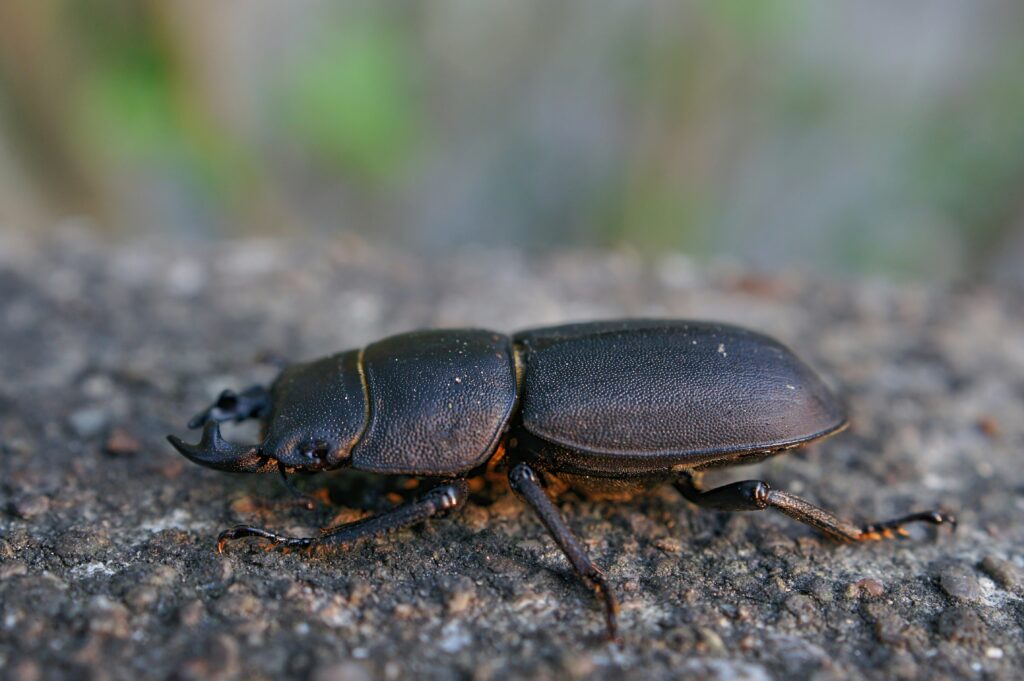
Rhinoceros beetles (subfamily Dynastinae) stand among the most impressive beetles available in the pet trade, featuring dramatic horns on males that can comprise up to one-third of their total body length. Species like the Hercules beetle (Dynastes hercules) and the Eastern Hercules beetle (Dynastes tityus) showcase remarkable strength, capable of lifting objects 850 times their body weight. These gentle giants primarily feed on rotting wood, fruits, and tree sap in the wild, and require a substrate of decomposing hardwood or specialized beetle jelly as a food source in captivity. With proper care including suitable substrate depth for burrowing and appropriate humidity levels, these beetles can live between six months to two years as adults, though most of their life cycle is spent in the larval stage.
Assassin Bugs
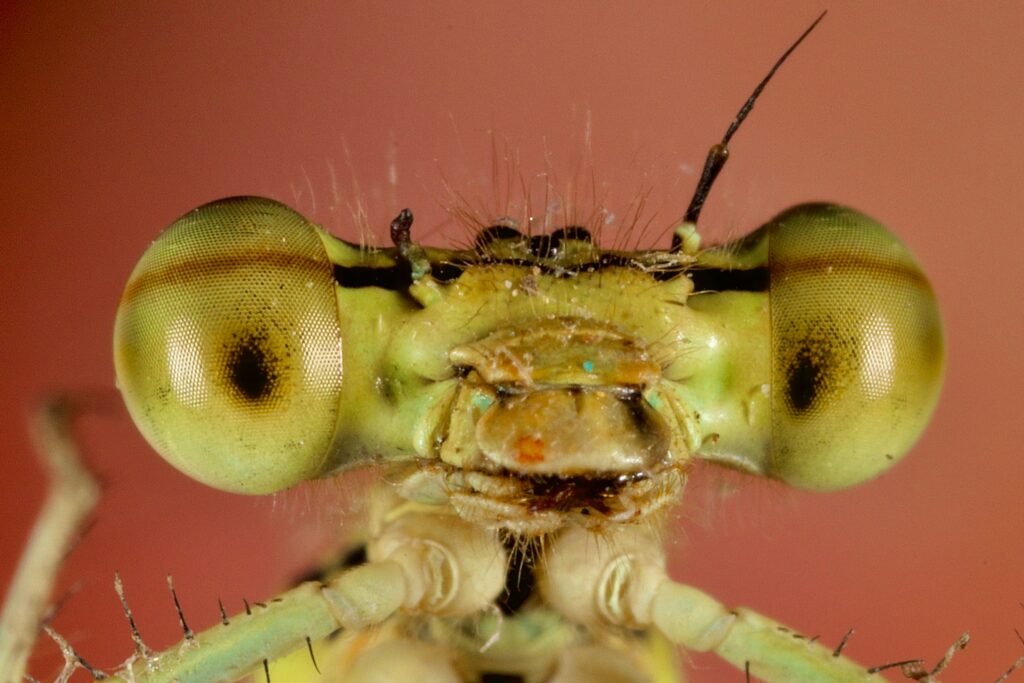
Assassin bugs (family Reduviidae) offer insect enthusiasts a glimpse into the predatory side of the arthropod world, with their specialized piercing mouthparts designed for impaling prey and injecting digestive enzymes. Species like the Wheel Bug (Arilus cristatus) and the Masked Hunter (Reduvius personatus) display fascinating hunting behaviors as they stalk and capture other insects with remarkable precision. These beneficial predators serve as excellent biological control agents in garden settings, helping to manage pest populations naturally. Caution must be exercised when handling assassin bugs, as they can deliver painful defensive bites to humans when threatened, though they generally prefer to flee rather than attack larger creatures.
Atlas Moths
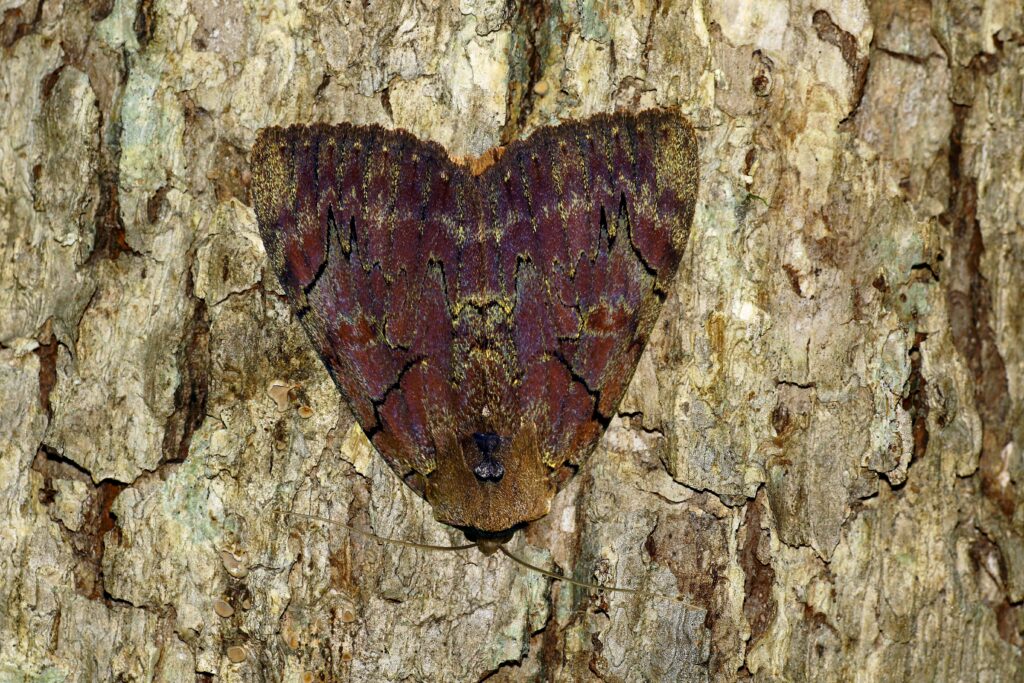
The Atlas moth (Attacus atlas) ranks among the largest moths in the world, boasting an impressive wingspan of up to 12 inches that displays intricate patterns reminiscent of snakes’ heads at the wing tips – a remarkable example of defensive mimicry. While the adult moths live only 1-2 weeks and do not feed (they lack functional mouthparts), the experience of raising these giants from caterpillars to their magnificent adult form offers a fascinating glimpse into complete metamorphosis. The caterpillars require specific host plants depending on the species, including citrus, cinnamon, or guava leaves, and appropriate conditions for pupation. Breeding these moths in captivity presents a rewarding challenge for experienced enthusiasts, requiring careful attention to environmental conditions and timing.
Millipedes

While technically not insects but arthropods, giant millipedes like the African Giant Black Millipede (Archispirostreptus gigas) have secured their place in the exotic pet hobby with their impressive size (reaching up to 11 inches) and gentle demeanor. These fascinating detritivores possess hundreds of legs that move in mesmerizing wave-like patterns as they navigate their environment, feeding primarily on decaying plant matter and contributing significantly to decomposition processes in natural ecosystems. Captive care involves providing a deep substrate of coconut fiber or similar material for burrowing, supplemented with rotting wood, leaf litter, and occasional fresh fruits or vegetables. Important safety note: many millipede species produce defensive secretions containing hydrogen cyanide when stressed, so handling should be minimal and always followed by thorough hand washing.
Tiger Beetles

Tiger beetles (family Cicindelidae) represent some of the most visually striking and behaviorally interesting beetles available to insect enthusiasts, with metallic exoskeletons spanning a rainbow of iridescent colors. These predatory insects earn their name from their aggressive hunting style and impressive speed – some species can run so fast they temporarily blind themselves and must stop to reorient. In captivity, tiger beetles require specialized setups mimicking their natural habitats, which vary from sandy beaches to forest floors depending on the species. Their carnivorous diet consists primarily of small arthropods, making them somewhat more demanding than herbivorous insects but fascinating subjects for observation and photography.
Orchid Mantises
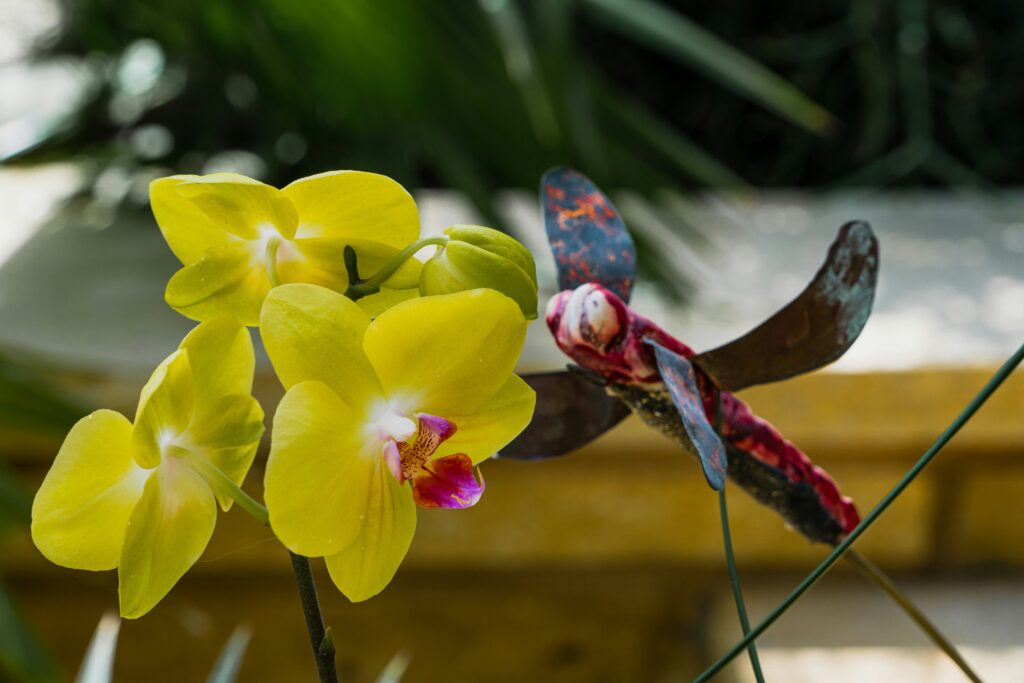
The Orchid Mantis (Hymenopus coronatus) deserves its own dedicated section as perhaps the most visually spectacular mantid species available in the pet trade. With petal-like legs and body coloration ranging from white to vibrant pink, these remarkable predators have evolved to mimic flowers so convincingly that they attract pollinating insects directly to them. Native to the rainforests of Southeast Asia, these specialized hunters require careful attention to humidity (70-80%) and temperature (75-85°F) to thrive in captivity. Feeding exclusively on live prey such as fruit flies for nymphs and flying insects for adults, orchid mantises showcase extraordinary hunting behaviors as they sway gently like flowers in the breeze while waiting to strike with lightning speed.
Legal Considerations for Exotic Insect Ownership
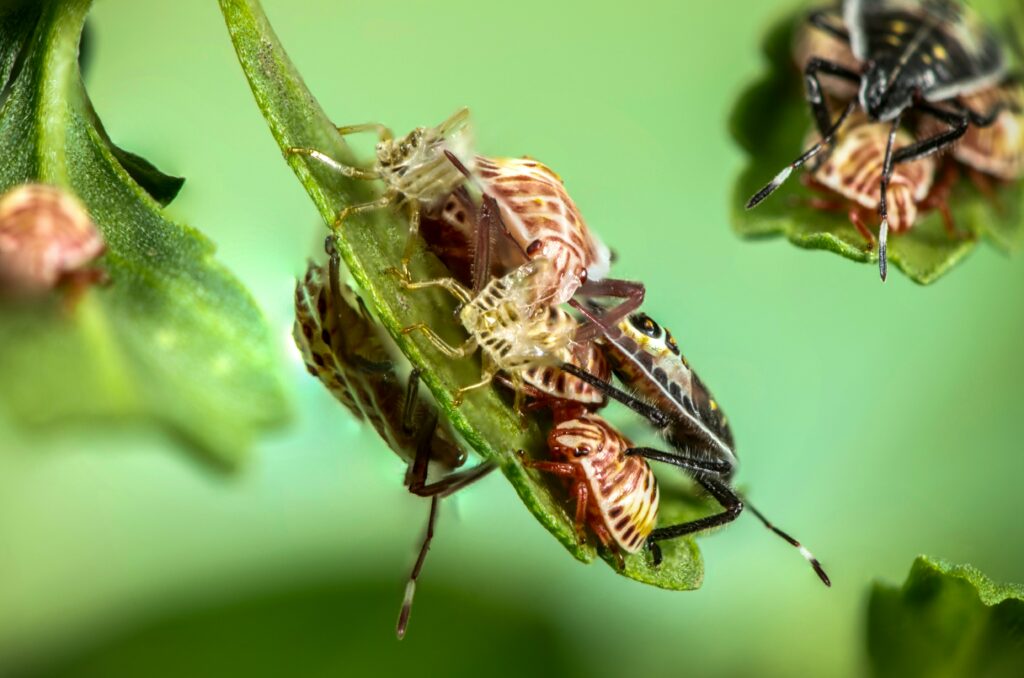
Before acquiring any exotic insect as a pet, thorough research into local, state, and federal regulations is essential, as restrictions vary significantly by location. Many jurisdictions require permits for certain species, particularly those that could potentially establish invasive populations if released into non-native environments. The United States Department of Agriculture (USDA) and the Animal and Plant Health Inspection Service (APHIS) regulate the importation of insects across state lines through a permit system designed to prevent agricultural threats. Responsible ownership includes maintaining secure enclosures to prevent escapes and never releasing captive specimens into the wild under any circumstances. Additionally, purchasing from reputable breeders rather than wild-caught specimens supports sustainable husbandry practices and reduces pressure on wild populations.
Ethical Considerations and Responsible Ownership

Ethical insect keeping extends beyond mere legality to encompass responsible care practices that ensure the well-being of these fascinating creatures. While insects may not experience pain or emotion in the same way vertebrates do, they nonetheless deserve appropriate housing, nutrition, and environmental conditions that allow natural behaviors and physiological functions. Research before acquisition is paramount, as each species has specific requirements that must be met for them to thrive in captivity. Preparing for the entire life cycle – including reproduction management to prevent unwanted population explosions – demonstrates commitment to responsible ownership. Furthermore, joining reputable entomology groups or online communities provides valuable support networks for troubleshooting problems and sharing successful husbandry techniques with fellow enthusiasts.
Getting Started: Essential Equipment and Knowledge

Successful exotic insect keeping begins with proper equipment and thorough knowledge acquisition, regardless of which species you choose. Essential supplies typically include appropriate enclosures with secure ventilation, substrate materials specific to your insect’s needs, and tools for maintaining proper humidity and temperature. Specialized equipment may include misting systems for tropical species, heat mats or ceramic heat emitters for temperature regulation, and digital hygrometers/thermometers for environmental monitoring. Prior to bringing home your chosen species, invest time in reading species-specific care guides, connecting with experienced keepers through forums or social media groups, and preparing to meet dietary requirements – which may involve cultivating live food cultures or sourcing specific plant materials. Remember that while many exotic insects require less daily maintenance than traditional pets, they still demand consistent care and attention to thrive in captivity.
The world of exotic insect keeping offers a fascinating glimpse into the incredible diversity of arthropod life, combining elements of natural history, biology, and careful husbandry. From the flower-mimicking orchid mantis to the imposing rhinoceros beetle, these remarkable creatures provide endless opportunities for observation, photography, and learning. While they may lack the interactive nature of traditional pets, exotic insects compensate with their extraordinary adaptations, behaviors, and life cycles that have evolved over millions of years. As with any pet, the key to success lies in thorough research, appropriate housing, and commitment to responsible ownership. For those willing to venture beyond conventional companions, legal exotic insects offer an accessible entry point into the captivating microcosm of arthropod diversity.

